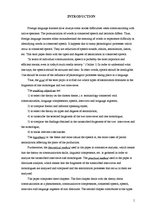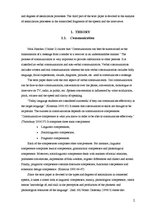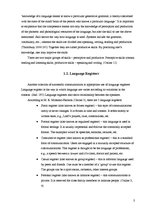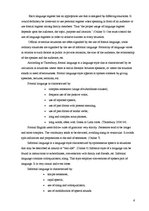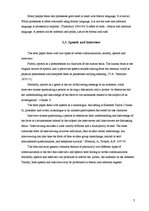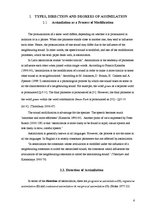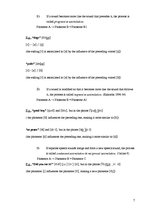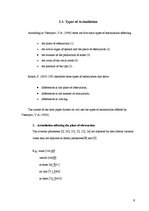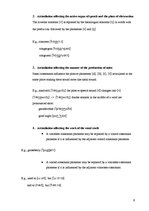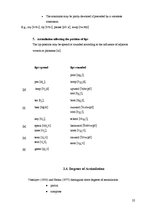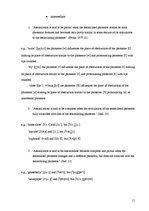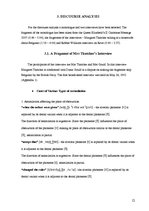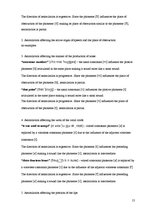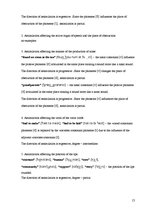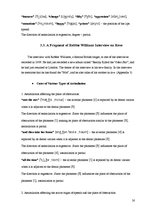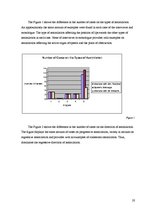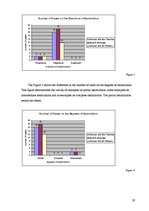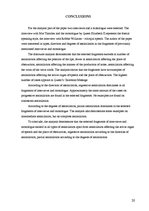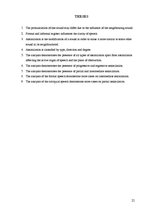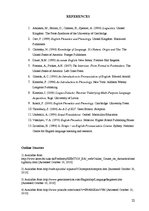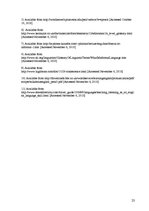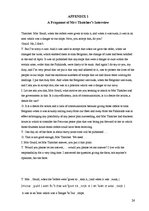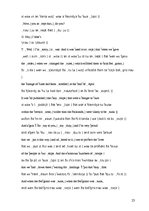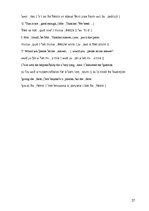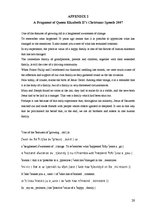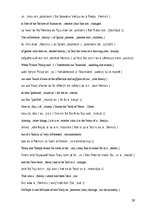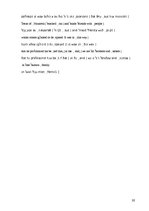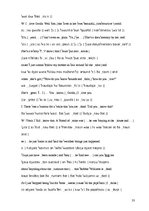-
Assimilation in Different Registers of Spoken Discourse
Novērtēts!
Thus, the goal of the term paper is to find out which types of assimilation dominate in the fragments of one monologue and two interviews.
The enabling objectives are:
1) to select the theory on the chosen theme, i.e. terminology connected with communication, language competences, speech, interview and language registers;
2) to compare formal and informal speaking styles;
3) to select the theory on types and degrees of assimilation;
4) to transcribe the selected fragments of the two interviews and one monologue;
5) to compare the findings obtained in the transcribed fragments of the two interviews and the monologue;
6) to make relevant conclusions.
1.THEORY
1.1.Communication
Nick Sanchez (Online 2) claims that ‘Communication can best be summarized as the transmission of a message from a sender to a receiver in an understandable manner.’ The process of communication is very important to provide information to other persons. It is classified as verbal communication and non-verbal communication. Verbal communication includes written and oral communication whereas the non-verbal communication includes body language, facial expressions, visuals, diagrams, pictures, etc. used to communicate a message.…
Speech is one of the most efficient means in society. Foreign language learners have always come across difficulties when communicating with native speakers. Different experiences demonstrate that misunderstanding the meaning of a word may guide a foreign language learner into a difficult and sometimes awkward situation. It happens due to many phonological processes which occur in connected speech Hence, the goal of the term paper is to find out which types of assimilation dominate in the fragments of one monologue and two interviews. The method used in the paper is contrastive analysis and discourse analysis. The results show the dominance of the types, direction and degrees of assimilation in the selected fragments of interviews and monologue. The general conclusions of the paper: the selected fragments of interviews and monologue exceed in all types of assimilation apart from assimilation affecting the active organ of speech and the place of obstruction; regressive assimilation according to the direction of assimilation; partial assimilation according to the degrees of assimilation.

